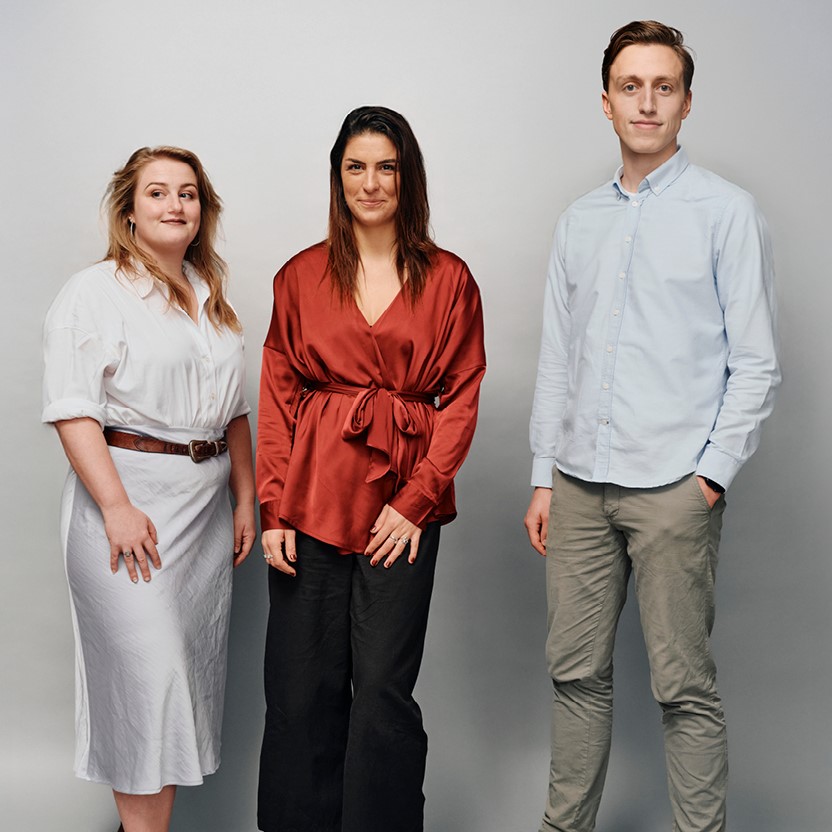Geology of the Netherlands: the wealth of knowledge under our feet
The Netherlands is flat, but under our feet lie mountains of knowledge dating back hundreds of millions of years. And it’s absolutely crucial for the future. With the new edition of Geology of the Netherlands, TNO has partnered up with dozens of other organisations and experts to collect all our knowledge in one standard work of reference.


‘Due to new knowledge into deeper earth layers and the shifted society’s perspective on renewable energy, an update was necessary.’
New edition for a new reality
The new Geology of the Netherlands has been written by nearly ninety authors and edited by Johan ten Veen, Geert-Jan Vis and Jan de Jager, as well as Theo Wong who sadly past away last year. Johan and Geert-Jan are senior geologists at TNO Geological Survey of the Netherlands. For them, too, the 2007 edition was the textbook that every geoscientist had to have on their shelf.
So, why was a new version needed? Johan says, 'Our geology has hardly changed. But our knowledge, especially about deeper earth layers, has vastly expanded. Moreover, society’s perspective has shifted, from oil and gas to renewable raw materials and energy sources. So, we needed an update to match today’s reality.'
More perspectives for a complete picture
What is unique about this second edition is that the editors have brought together knowledge about our geology from practically all perspectives and areas of expertise.
Geert-Jan says, 'Compared with the first edition, there is now a wealth of new data, technological developments, and new legislation that make data more readily available. For a complete picture, we wanted to connect that knowledge from all angles: 43 of the authors come from TNO, 20 from other research institutes, 10 from universities, and 16 from companies and consultants.'
What method did the editors use?
Johan and Geert-Jan took over as chief editors six years ago. What approach did they take?
Geert-Jan says, 'Together with other specialists, we took stock of the information gaps and looked at where we could improve the first edition. We decided on 24 chapters, each written by a team of authors. Managing all this became a huge job for us and most of the work was done on top of our day job.'
So, the book has gained more depth and became a lot thicker too. Johan says, 'We went from 350 to 900 pages. For example, the first edition only had a small chapter on underground storage, but now it’s one of the main chapters with emphasis on storage of CO2.' Geert-Jan adds that the graphics have also been improved greatly. 'A lot of effort has gone into the design and consistency of all the figures, making the book even more accessible.'
What topics are covered?
Geology of the Netherlands covers the subsurface of the Netherlands from the Palaeozoic to the present, including offshore areas.
Johan says, 'First, we describe the geology: the layers, their formation, and the raw materials they contain. We also describe the political policy framework, regulations, and new applications where the subsurface plays a vital part – such as geothermal extraction and carbon storage. We also address the impact of human activity on the subsurface, such as seismicity and subsidence.
Finally, we show how TNO Geological Survey of the Netherlands shares its knowledge of the Dutch subsurface.' The book brings together all aspects: geology, applications, policy, and regulation.

‘Our new-found knowledge of the deepest layers of the earth is significant to geothermal extraction and the potential deep storage of radioactive waste.’
New insights and applications
The book offers key new insights.
Johan says, 'Although we have geological knowledge of 10-km-thick rock that dates back over 400 million years, the deepest part has only been the subject of intensive research in recent years. This new-found knowledge is significant to geothermal extraction and the potential deep storage of radioactive waste.
Another topical example is the minerals needed for phones, computers and other applications. The object of the recently opened Netherlands Materials Observatory is to reduce our reliance on other continents for these critical raw materials. Our book provides the latest knowledge on this subject and indicates where more research is needed.'
Growing importance of earth sciences
Another message conveyed by the book is that earth sciences are key to tackling challenges such as the energy transition and climate change.
Johan suggests that a different mindset is needed. 'Because of our reliance on oil and gas, earth science studies have been looked down upon. Now, thankfully, that is starting to change.' Geert-Jan says, 'Instead, geoscientists should play a much greater role, with an emphasis on sustainability, geological storage, and geothermal energy.'
Laws and regulations posing a major challenge
What are the major challenges for the future? And how does this book help?
Johan says, 'I see laws and regulations as a big challenge. With so much demand, there is a lot of pressure on the Dutch subsurface. In this book, we do not want to make statements about whether something is allowed or possible in the subsurface. However, what we do want to impart is: don’t rule anything out at least explore it. Otherwise, we won’t get any answers that support policy making.'

‘Many people are eager to use this freely accessible book, which is crucial for education in earth sciences.’
Geological knowledge accessible to all
The new edition of Geology of the Netherlands has been available since 11 March. It is a comprehensive reference work for geoscientists, engineers, students, and anyone else who wants to know more about geology in the Netherlands.
Geert-Jan says, 'Many people have waited a long time for this book. It is open access, meaning it is freely available, including to secondary schools. Because it’s precisely the future generations we need to pass on and build knowledge about earth sciences.'
Order your copy
The book ‘Geology of the Netherlands’ is published by Amsterdam University Press and can be ordered or downloaded as a free pdf file from the publisher's website.
Get inspired
How fast did sea levels rise after the last ice age?
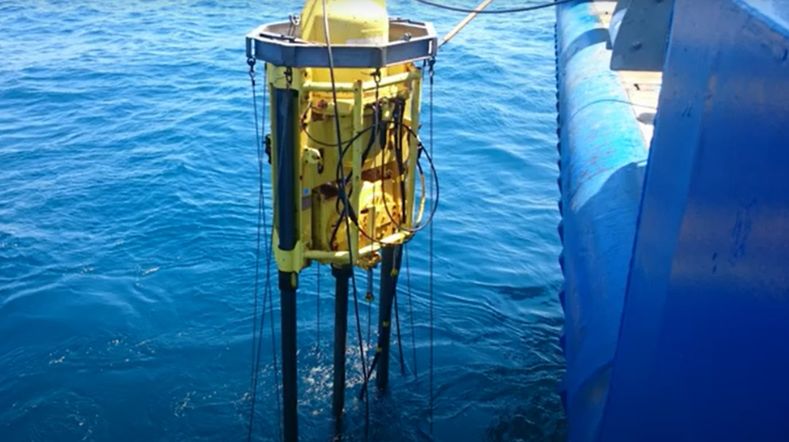

TNO presents new edition of 'Geology of the Netherlands'
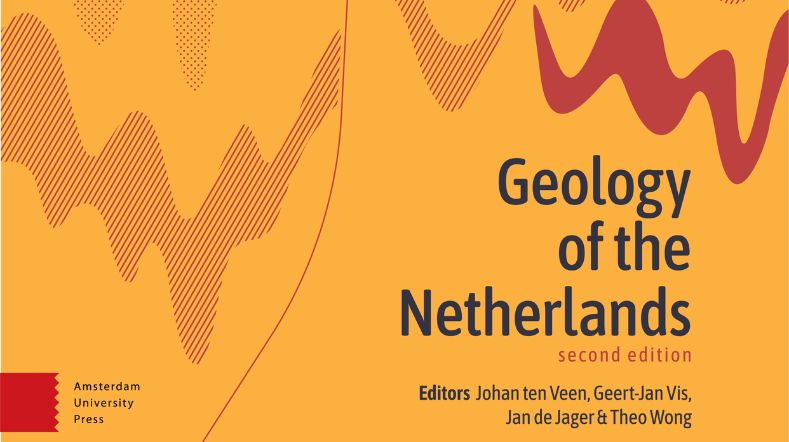

Hydrology and Reservoir Engineering
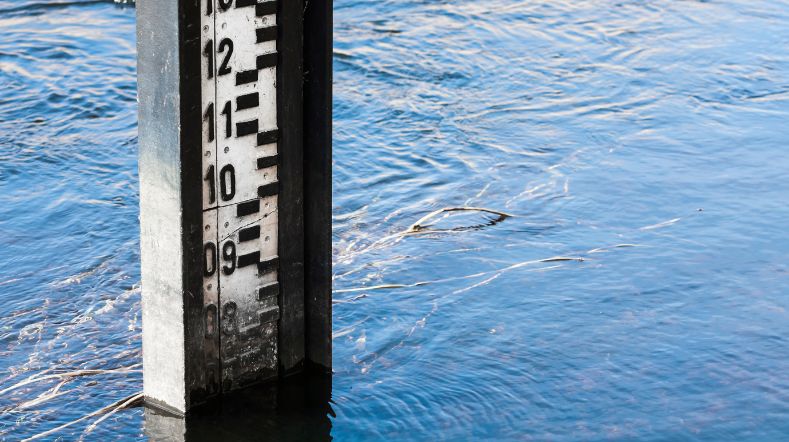

Netherlands Materials Observatory (NMO) officially opened
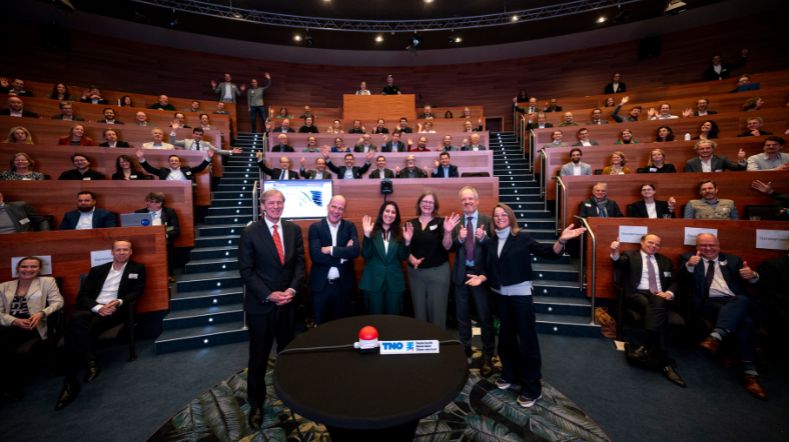

Labtour RCSG



